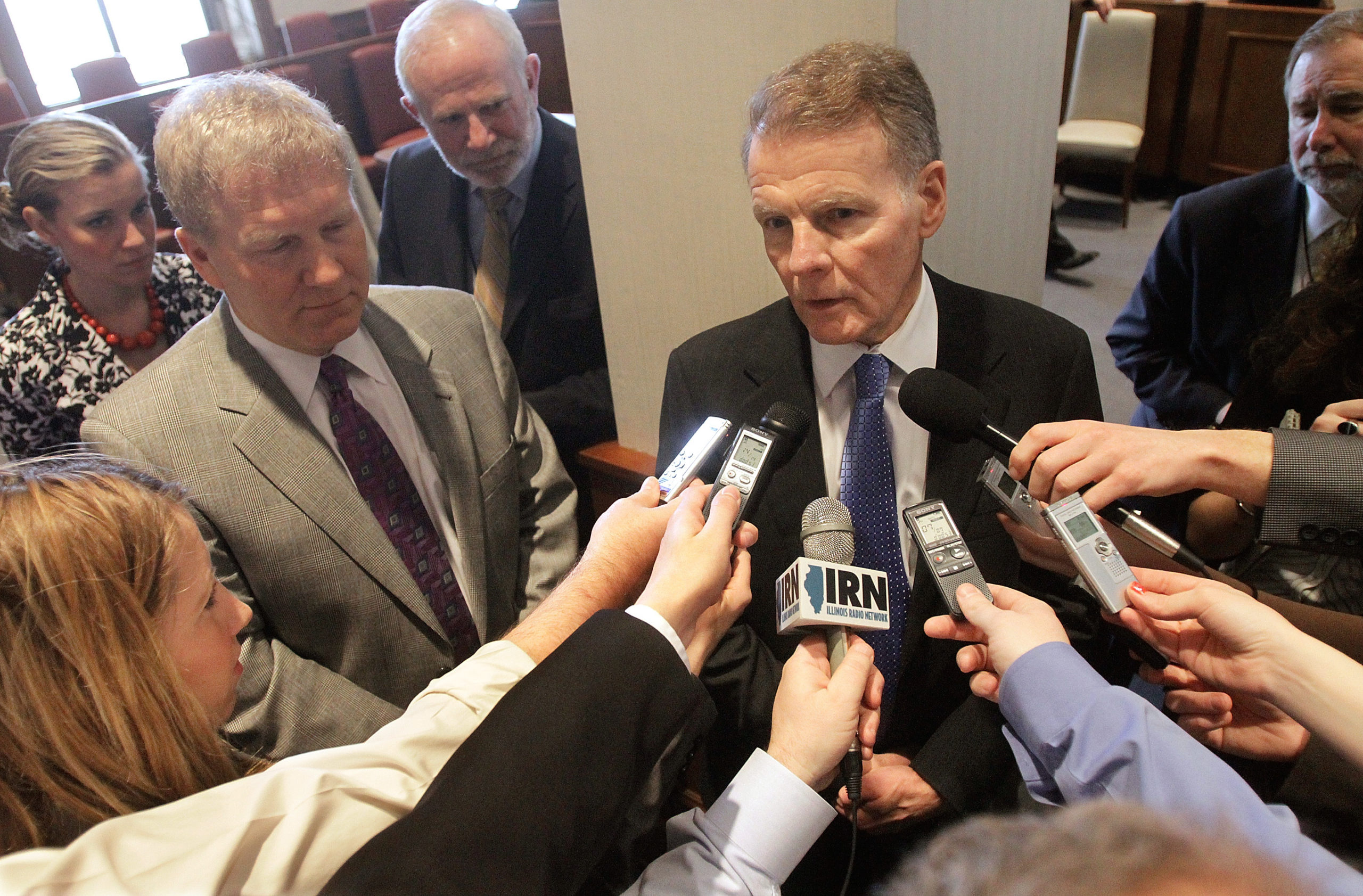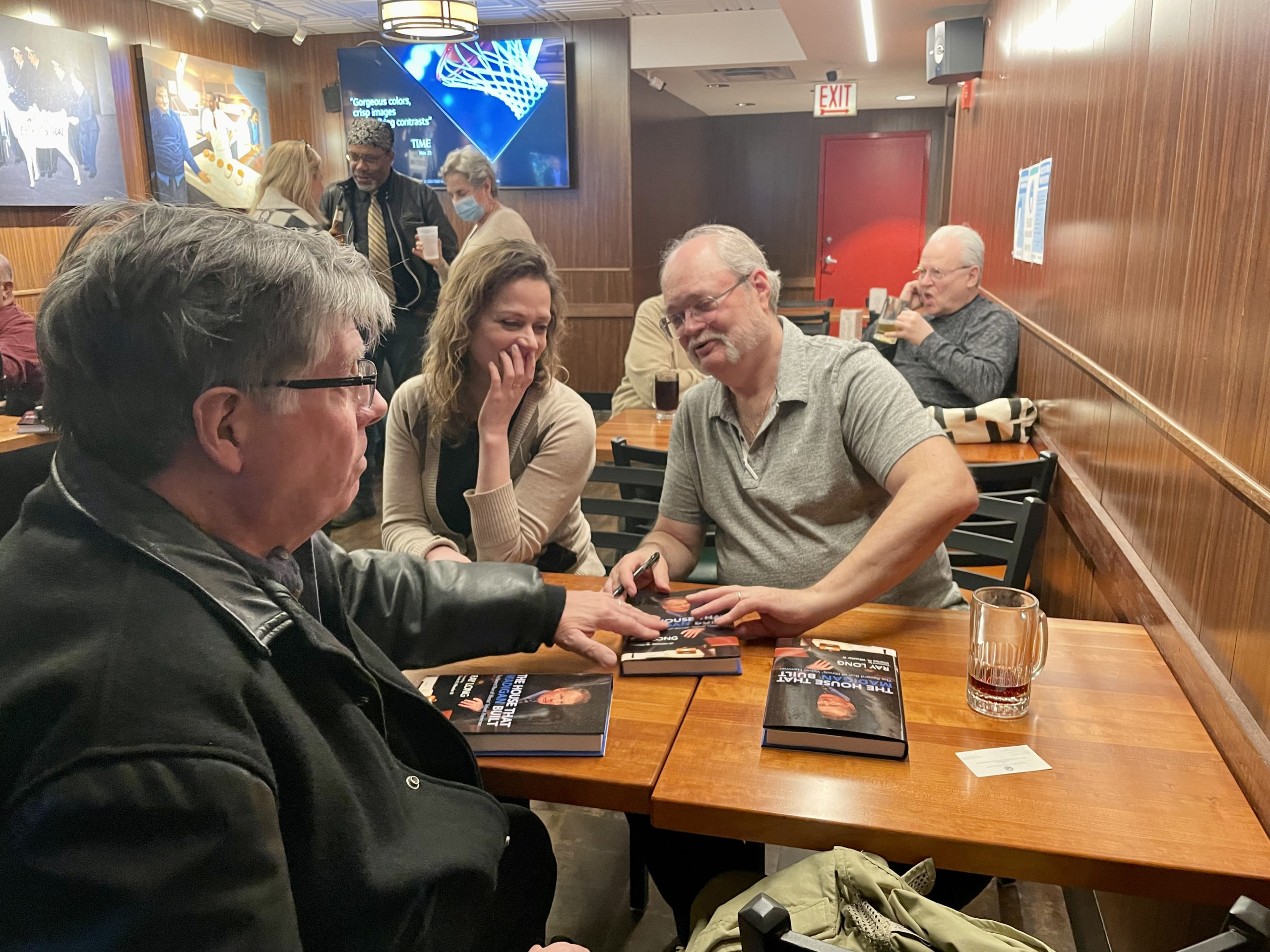Exit essay: a reflection on more than 50 years of media coverage in the Illinois statehouse

Editor’s Note: This is an abridged version of Simon Review Paper #61, first published by the Paul Simon Public Policy Institute before former Illinois House Speaker Mike Madigan was indicted in March on federal corruption charges. Brown told GJR that “the post indictment comments by Madigan and (former lobbyist Michael) McClain speak for themselves. I
